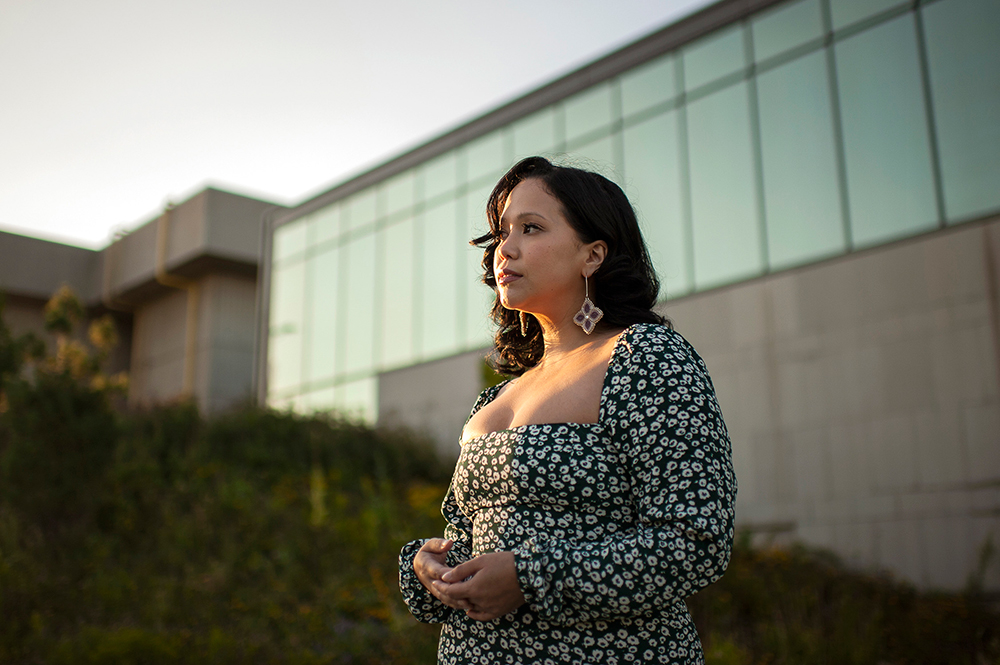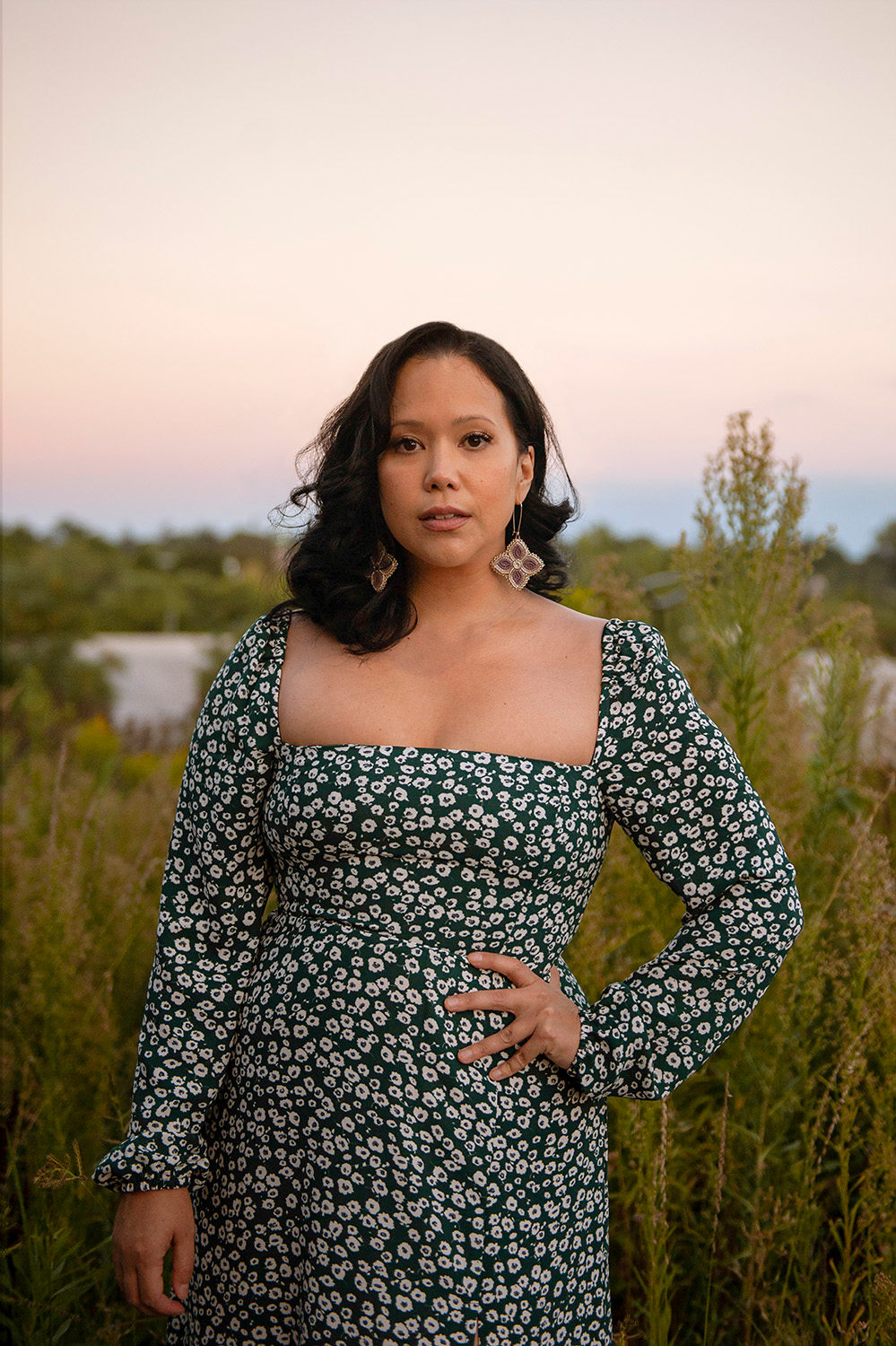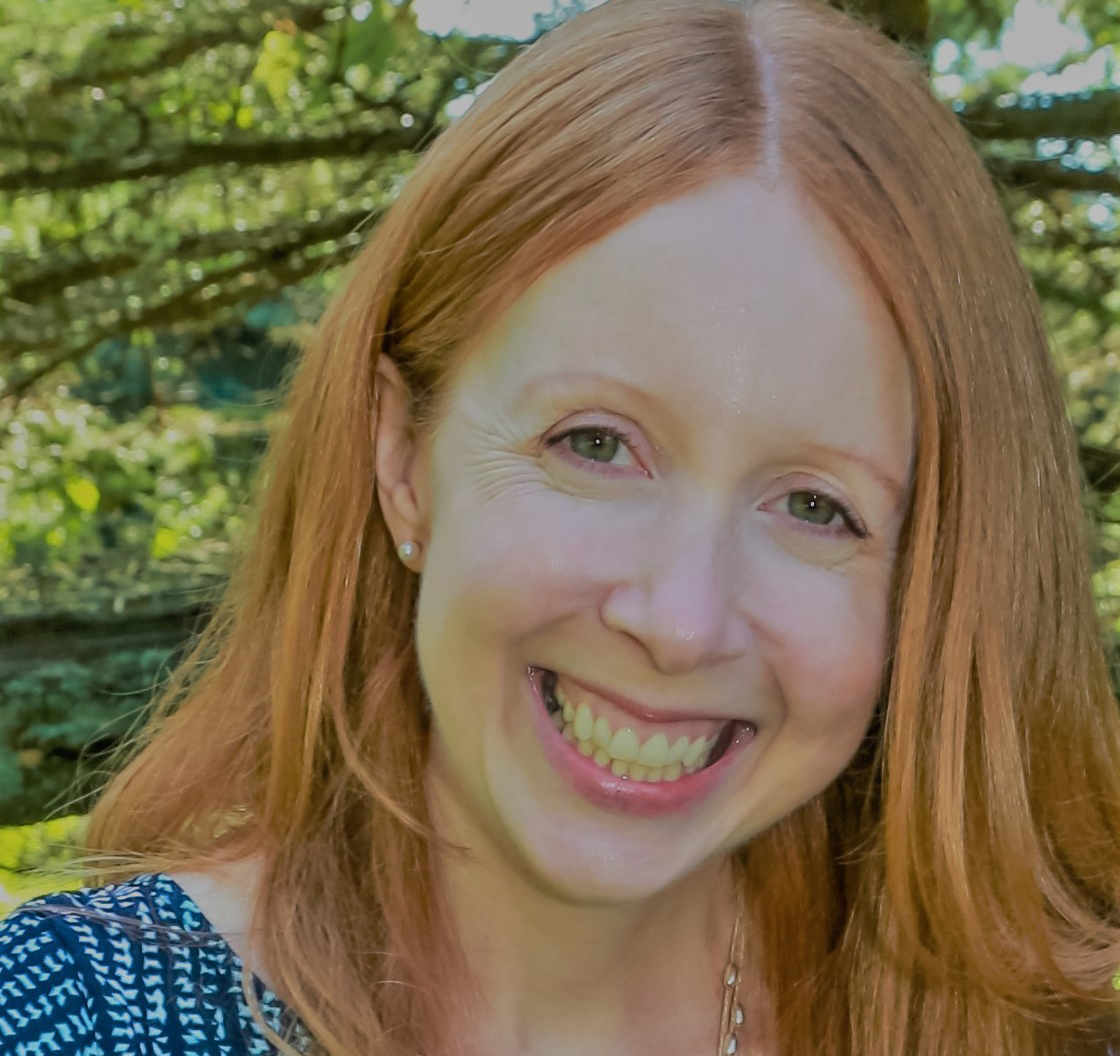The Costs of Extraction
Prof. Kristen Bos investigates how pollution has affected – and continues to affect – Indigenous communities
Like many people who grew up in Canada, Kristen Bos remembers flipping through National Geographic magazines as a kid. She loved writing and science, and read a lot about history. These interests outlasted childhood, and she decided to do an archeology degree at U of T. “I was very into the idea that you could get closer to the past,” she says.
The reality of being an Indigenous woman in archeology, however, proved to be much more problematic than any romantic notion presented in a magazine. (Bos is Métis, with homelands in northern Alberta in Treaty 8 Territory.) “The vast majority of archeologists are white, including the ones studying Indigenous things. And conventional research involves collecting and studying these things without Indigenous Peoples’ input,” she says.
As an archeologist, Bos saw how the stories that archeologists tell get turned into facts and history, which then become ingrained in society. “Archeology is part of colonization,” she says.
Today, Bos is finding new ways to tell the stories of the past as an assistant professor in the department of historical studies at U of T Mississauga. “Colonialism is so big when you think about its structures and technologies, so I’m trying to make its effects more comprehensible through projects that have a visual component,” she says. Most recently, her research has painted a picture of how historic and ongoing pollution have affected – and continue to affect – Indigenous land, people and culture.
Bos is co-director of the Indigenous-led Technoscience Research Unit, where researchers from several U of T faculties take a social justice approach to technoscience – a field that examines the social, political and historical results of science and technology. Her path to reach this position wasn’t direct, but she says the twists and turns make sense given her own history: her mother is a Sixties Scoop survivor and Bos was adopted by a white family in Toronto. “I didn’t grow up in my culture. I don’t think it is a coincidence that I have always been interested in origins.”

Her early education at Catholic and predominantly white public schools was difficult. “I liked learning, but as I got older what we were being taught didn’t feel accurate,” she says, referring to the way the curriculum tended to erase Indigenous Peoples’ history. “Also, I was reading about colonialism and Indigenous issues on the internet, so I knew there were other things going on that nobody wanted to talk about. It just wasn’t working for me, so I stopped attending school at 15.” She didn’t give up on her long-time plan to go to university, though, gaining entry to U of T a few years later by completing the Transitional Year Programme. Once in, she thrived, receiving the President’s Award for the Outstanding Indigenous Student of the Year for academic achievement and contributions to the Indigenous community.
By the time she had completed a master’s degree at Oxford University, where she became the first Indigenous graduate in archeology, Bos was determined to find a new way to pursue her academic interests. She found a place to do that when she met M. Murphy, who is Métis from Winnipeg and co-director of U of T’s Technoscience Research Unit. Bos, Murphy and their colleagues flipped the script on conventional research practices. Instead of going into Indigenous communities, finding the data they need and leaving, they enlist Indigenous community members to lead the research project with them. Together, they make decisions about how data is gathered and shared.
You can see this method in action in a project Bos and Murphy are leading with Vanessa and Beze Gray of the Aamjiwnaang First Nation in southwestern Ontario’s Chemical Valley – where 40 per cent of Canada’s petrochemical processing takes place. The team is investigating polluters in the area, and their first task was delving into the history and operations of Imperial Oil, North America’s oldest operating – and highest-emitting – refinery. “Colonial processes made Chemical Valley possible, removing land from Indigenous governance, turning the oil springs into property owned by settlers, and inhibiting Indigenous Peoples’ ability to care for the land, air and water,” says Bos, who teaches a course called Histories of Extraction.
[Polluters’] alerts tend to be vague and technical. They bet on people not understanding.”
In studying Imperial Oil, she says the inadequacy of pollution data in Canada was strikingly evident to the research team. “There’s little direct measurement of pollution, no quality assurance in industry self-reports and no context. The data is completely disconnected from the lived experience of communities like Aamjiwnaang, which has been coping with pollution for 150 years.”
When spills, leaks or other problems happen, the relevant companies sometimes send alerts to people in the surrounding region. “These alerts tend to be vague and technical. They bet on people not understanding technical information,” says Bos. “We wanted to reimagine the collection and reporting of pollution data for the people on the ground, so that they can hold companies responsible for the pollution they produce.” The project team created the Pollution Reporter mobile app, which allows users to quickly get information on pollution in Chemical Valley – including specific chemicals’ known health harms – and easily report adverse events to the Ontario Ministry of the Environment’s Spills Action Centre.
If someone smells or sees or hears something in the middle of the night, or gets an alert, they can pull up the app to get crucial information and create a record of the event. “They can then take that knowledge to environmental meetings or to the refineries’ leadership if they choose to,” says Bos. “It makes it harder for industry not to answer questions.” While the initial app, released in 2019, focused on Imperial Oil, the latest version includes data on all the area’s refineries back to 1994, including ones that have closed. “So often in environmental and health studies, people have to speak of and account for their suffering to be heard,” says Bos. “We didn’t want that.” Users can opt to keep a record of their reports, but the app collects no user data and is open source, meaning other communities on the frontlines of pollution can use it too.
Bos says users have expressed an appreciation for the app’s ease of reporting, and she cites feedback from Aamjiwnaang Elder Mike Plain who noted an effect beyond his immediate community. “We as human beings have to make reports for those who can’t,” he said. “We have to be their voice. We’re speaking for the fish, birds and butterflies too.”
Bos’s other central research interest – beads – is also looking at the long-term impact of toxic chemicals connected to colonialism. Indigenous people have been using beads made of natural materials such as shells and meteoric iron for thousands of years. Later, under settler colonialism, they also began using tiny, colourful glass seed beads from Europe obtained through trade. Collectors and museums started keeping examples of Indigenous beadwork in the 1700s, and applied harsh chemicals and preservatives to make them last.
Those dangerous chemicals have persisted, says Bos, and researchers and curators have to don protective gear around them. “There is no way to remove these chemicals,” she says. Perhaps partly due to that avoidance, beads and beaded items often lack historical information. “When I went into a collection at a museum in Germany there were beautiful beaded bags and objects in drawers in a basement with no context or provenance attached to them,” she says.
She adds that her research into beads and pollution shows how the harm colonialism caused Indigenous communities endures today. Thinking back on her early drive to connect with undiscovered pieces of the past, Bos says her perspective has shifted. “Why do we separate the past from the present so profoundly? Maybe it’s not that separate at all. Maybe it’s still very much here.”







No Responses to “ The Costs of Extraction ”
This a nice article for discussion. I would like to have a workshop on this issue.